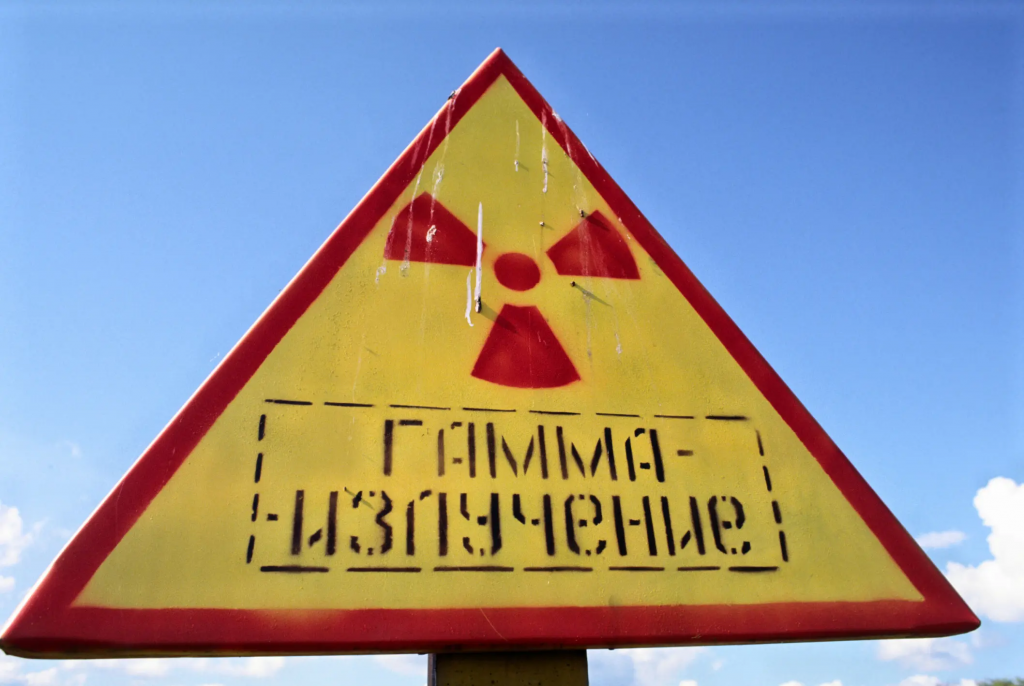Rosatom may test reactor-powered missile over the next few days

Military officials have closed off the airspace in a 500 km long zone along the western coast of Novaya Zemlya from August 7 to 12, simultaneously as five vessels have sailed from the bay at the Pankovo test site to observation positions in the eastern Barents Sea.
Russian weapons designers hope to spark fear in the West by developing the Burevestnik, a nuclear warhead armed missile with nuclear propulsion giving it intercontinental range.
A public worry is radioactive emissions to the atmosphere or marine environment during testing. Such a test is just around the corner.
A NOTAM (Notice to Airmen) warning issued via Russia’s aviation authorities goes active at 9 pm UTC on Thursday and is valid until Tuesday evening next week.
Preparations have been underway for weeks at the Pankovo launch site on Novaya Zemlya in the Russian Arctic. The archipelago has been Rosatom’s playground for testing nuclear weapons and related technology since the late 1950s and is closed off for civilians.
As very little information is made available by officials, studying what happens at Novaya Zemlya is a puzzle with many pieces of open source information.
This is what we know:
- At least four vessels are in position along the coast of Novaya Zemlya.
- A NOTAM warning for an area of about 40,000 km2 is being activated.
- Two Rosatom aircraft are currently based at Rogachevo air base.
- A US Air Force “nuke sniffer” aircraft has flown north.
The Barents Observer has over the last few days studied both ship movements and satellite images from the area, in addition to online flight- and vessel-tracking services.
Four of the ships that earlier this week were at anchor in the bay just outside the Pankovo test site have now sailed to locations for observations and support, from west of the Matochkin Strait and north to the Murman Bay.
The Burevestnik will be launched with a scram-jet, and the reactor is believed to be activated when the missile is up in the air.
On Tuesday this week, a US Air Force WC-135R Constant Phoenix plane flew a mission over the Barents Sea. The plane, often called a “nuke sniffer” is a special-purpose aircraft which collects samples from the atmosphere for the purpose of detecting isotopes. By analysing traces of radioactivity, the Americans hope to learn more about the technology used to power the missile that Vladimir Putin previously has bragged to have an “unlimited range.”
“The testing carries a risk of accidents and local radioactive emissions,” said Norway’s Intelligence Service (NIS) in its threat assessment report published last fall. The NIS said that testing of both missiles and torpedos are expected to continue.
Norway’s Finnmark region is about 900 kilometers from the Pankovo site.
The Burevestnik missile, named Skyfall by NATO, has been tested at Novaya Zemlya at least since 2017. Over the last three years the site has been substantially expanded and activities have increased.
Rosatom is Russia’s State Nuclear Energy Corporation, in charge of both reactor development and operations, as well as production and testing of nuclear weapons.
The nuclear-powered missile development has also used the Nenkosa naval missile test site on the coast of the White Sea.
On August 8, 2019, a nuclear propulsion source exploded during recovery from the seabed outside Nenoksa. A cloud with a tiny amount of radioactivity blew east across the city of Severodvinsk. Local detectors recorded a radiation spike up to 20 times the normal level for half an hour. Several of Rosatom’s experts on site died of radioactive sickness shortly after the explosion.
Related stories from around the North:
Canada: More soldiers, more money. Canada’s top soldier extols benefits of spending boost, CBC News
Greenland: Europeans step up Arctic diplomacy amid U.S. and global pressure, Eye on the Arctic
Finland: Finland hails plan for allies to join NATO land forces in North, The Independent Barents Observer
Iceland: Europe’s Von der Leyen strengthens Arctic security ties with Iceland during visit, Eye on the Arctic
Norway: Deterrence Norway joins NATO’s Forward Land Forces in Lapland, The Independent Barents Observer
Russia: NATO group sailed the Barents Sea as Russia launched multiple missiles in exercise, The Associated Press
Sweden: Nordic-Baltic region joins forces around Sweden’s CV90, The Independent Barents Observer
United States: White House releases U.S. Arctic strategy implementation plan, Eye on the Arctic




This move coincides with the deployment of five vessels from the Pankovo test site to observation positions in the eastern Barents Sea,